Explore Articles Filed Under: Jungle Survival
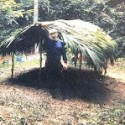
The first thing I was taught by Gerineldo Moises Chavez, my jungle survival instructor, was how to build a tambo, a jungle hut. It wasn’t fancy, as you can see, but it kept me dry when it rained and kept me off the ground while I slept. In fact, all ribereño houses are built on exactly the same principles — a thatched house on stilts, built entirely of jungle materials, which may range in size from a small temporary hunting shelter, just large enough to sleep one or a few people, to an elaborate structure able to house an extended family.
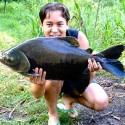
There are a number of places in the Upper Amazon which are particularly good for finding fish. Large and medium-sized rivers in low areas often form numerous meanders which, when the river changes course, become cochas, oxbow lakes. These cochas often have sediment settled on the bottom, relatively clear water, and high temperatures, and therefore rapid plant growth, which in turn supports quite large fish populations. Sometimes too you can see strips of clear and very slow water in a river. These are quiet places where plankton tends to grow; you can usually find fish downstream. You can also find fish under camalones, places where aquatic vegetation has formed a dense mat on the surface of the water. And fish love to move into the waters covering seasonally flooded forests.
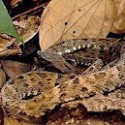
There are two families of venomous snakes in the Upper Amazon — the Crotalidae or pit vipers and the Elapidae or coral snakes. The Crotalidae are called pit vipers because they have a pit or depression between the eye and the nostril on each side of the head, which functions as an extremely sensitive infrared heat-detecting organ. In the United States, there are three genera of the Crotalidae family — the copperhead, the cottonmouth or water moccasin, and fifteen species of rattlesnake.
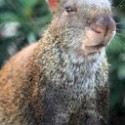
Small game is a staple in the diet of both mestizo and indigenous peoples in the Upper Amazon. Small game is generally gutted but not skinned. Once I was helping my jungle survival instructor, Gerineldo Moises Chavez, field dress an agouti — essentially a large rat. “In North America,” I said, “we generally take off the head.” He looked at me as if I was crazy. “Lots of good things in the head,” he said.
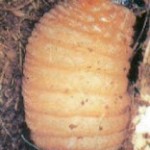
Suri are the grubs of palm beetles, Rhynchophorus palmarum, which grow in the stumps of chonta palms, Euterpe spp., that have been felled to harvest their edible palm hearts. The palm hearts are delicious. The grubs are fat, pale, curved, and large — up to five inches long. They are considered a great treat.
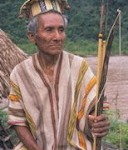
The temperature in the jungle remains pretty steady at around 85 degrees and the relative humidity at about 90 percent. You can certainly walk around the jungle naked without discomfort, at least from the weather. Still, the jungle is pretty much filled with insects and sharp objects, and many indigenous people wear clothing of one sort or another. In the Upper Amazon, the traditional dress of a number of indigenous peoples — the Matsigenka, Asháninka, Yine, Conibo, Cashibo — is the cushma.

Discussing the article:
Hallucinogens in Africa